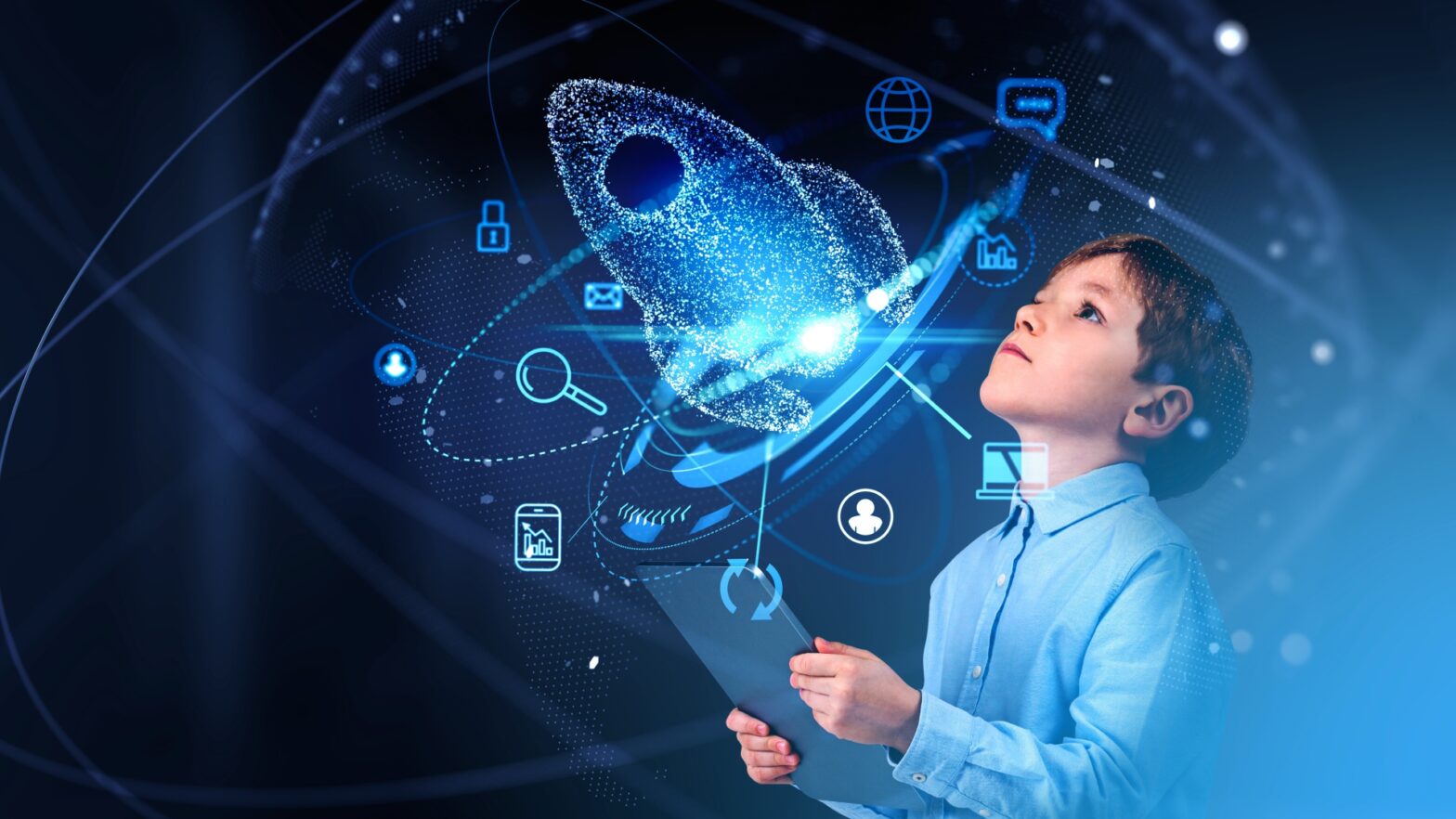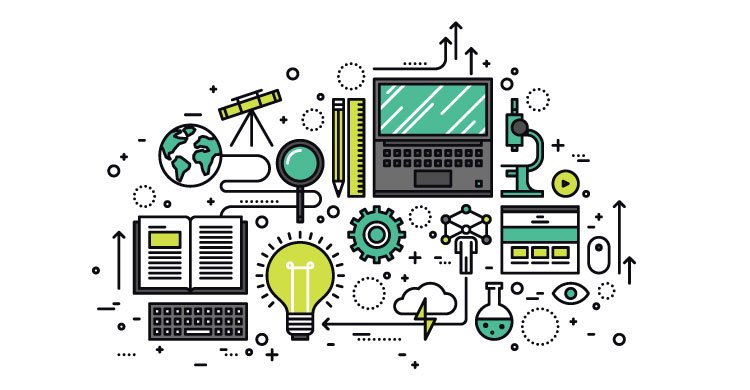Educational Technology: Technology has transformed the way we teach and learn, reshaping traditional classrooms into interactive, student-centered environments. From digital learning platforms and AI-driven tutoring to virtual reality (VR) simulations and gamification, educational technology (EdTech) has enhanced engagement, accessibility, and personalized learning.
This guide explores key EdTech tools, their impact on education, and how they are shaping the future of learning.
The Role of Educational Technology in Modern Learning

A. Why Technology Matters in Education
- Enhances engagement – Interactive and visual tools make learning more dynamic.
- Supports personalized learning – AI-driven platforms adapt lessons to individual needs.
- Expands access – Online courses and digital resources allow learning anytime, anywhere.
- Improves efficiency – Automates grading, tracking, and feedback for educators and students.
B. Traditional vs. Technology-Enhanced Learning
| Aspect | Traditional Learning | Technology-Enhanced Learning |
|---|---|---|
| Delivery Method | Textbooks, lectures | Digital platforms, interactive media |
| Student Engagement | Passive listening | Active, hands-on learning |
| Accessibility | Classroom-based | Global, online access |
| Personalization | One-size-fits-all | Adaptive, AI-driven content |
| Assessment | Paper-based tests | Instant feedback, analytics |
Key Educational Technology Tools and Their Benefits
A. Learning Management Systems (LMS)
✔ What It Does: Manages courses, assignments, and communication.
✔ Examples:
- Moodle – Open-source, customizable LMS.
- Google Classroom – Seamless integration with Google tools.
- Canvas – Used by universities for course management.
✔ Benefits: - Centralized learning resources.
- Streamlined grading and feedback.
- Remote learning support.
B. Online Learning Platforms
✔ What It Does: Provides courses and certifications for various subjects.
✔ Examples:
- Khan Academy – Free educational videos and exercises.
- Coursera & Udemy – Professional courses from universities and experts.
- edX – University-level online courses.
✔ Benefits: - Self-paced learning.
- Access to world-class educators.
- Affordable and flexible options.
C. Interactive and Gamified Learning
✔ What It Does: Makes learning fun and engaging through interactive elements.
✔ Examples:
- Kahoot! – Game-based quizzes.
- Duolingo – Language learning gamification.
- Minecraft: Education Edition – Teaches problem-solving, coding, and collaboration.
✔ Benefits: - Encourages active participation.
- Improves knowledge retention.
- Motivates students through challenges and rewards.
D. Artificial Intelligence (AI) in Education
✔ What It Does: Adapts learning based on student needs.
✔ Examples:
- Socratic by Google – AI-powered homework helper.
- Quizlet AI Tutor – Personalized flashcards and quizzes.
- Century Tech – AI-driven lesson plans.
✔ Benefits: - Customized learning paths for students.
- Instant, AI-generated feedback.
- Reduces teacher workload through automated grading.
E. Virtual Reality (VR) & Augmented Reality (AR)
✔ What It Does: Immerses students in real-world scenarios for hands-on learning.
✔ Examples:
- Google Expeditions – Virtual field trips.
- Labster – Virtual science labs.
- Merge Cube – AR interactive lessons.
✔ Benefits: - Enhances experiential learning.
- Allows safe, virtual experimentation.
- Makes abstract concepts tangible and immersive.
F. Assistive Technology for Inclusive Learning
✔ What It Does: Supports students with disabilities.
✔ Examples:
- Speech-to-text software (Dragon NaturallySpeaking).
- Screen readers (JAWS, NVDA).
- Adaptive learning tools (Text-to-speech apps, Dyslexia-friendly fonts).
✔ Benefits: - Promotes equal learning opportunities.
- Supports students with visual, auditory, and learning disabilities.
The Future of Educational Technology
A. Emerging Trends
- AI-Powered Personalized Learning – Tailors lessons to each student’s progress.
- Metaverse & Virtual Classrooms – Creates digital campuses for interactive experiences.
- Blockchain in Education – Securely stores student records and credentials.
- Wearable EdTech – Smart glasses, fitness trackers for physical education.
B. Challenges and Considerations
- Digital Divide – Unequal access to technology.
- Teacher Training – Educators need support to integrate EdTech effectively.
- Privacy & Data Security – Protecting student information.
Conclusion: The Impact of EdTech on Education
Educational technology enhances learning, increases accessibility, and prepares students for the future. By embracing digital tools, AI, VR, and gamification, educators can create dynamic, engaging classrooms that cater to diverse learning needs.
As EdTech continues to evolve, its potential to revolutionize education is limitless, ensuring that learning remains accessible, personalized, and innovative for future generations. 🎓💻✨

